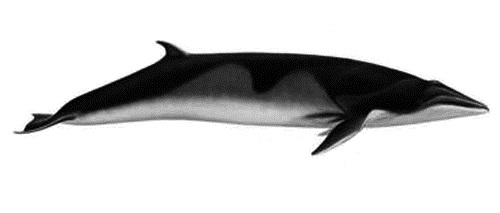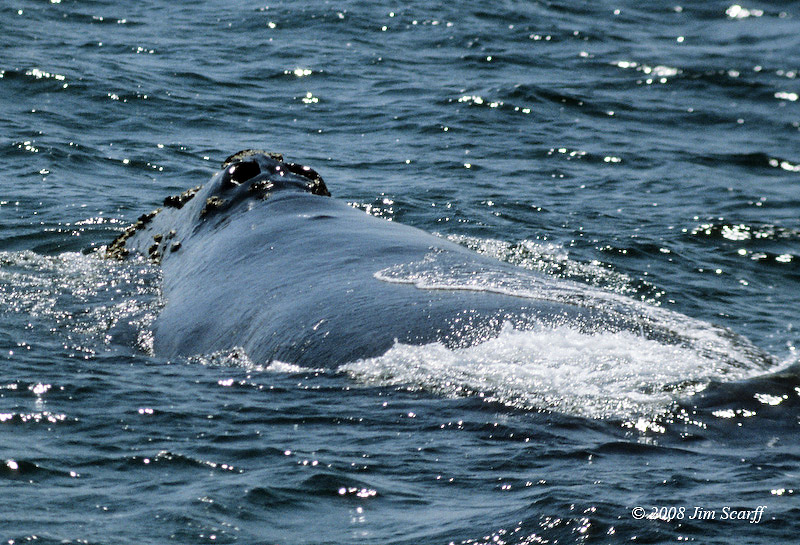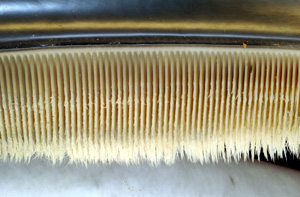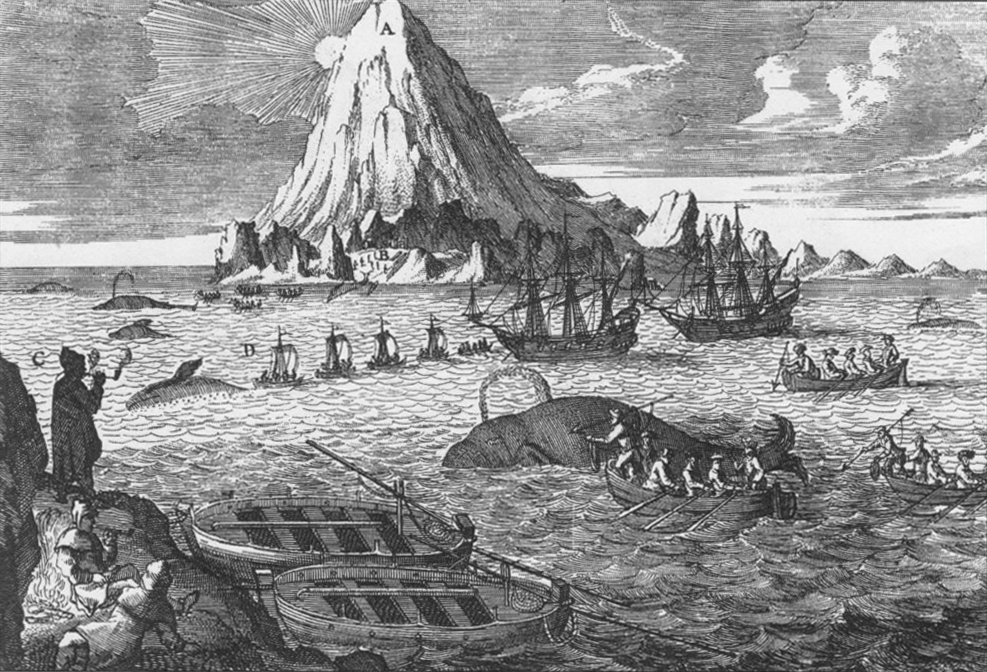|
Arapaoa Island
Arapaoa Island (formerly spelled Arapawa Island) is the second-largest island in the Marlborough Sounds, at the north-east tip of the South Island of New Zealand. The island has a land area of . Queen Charlotte Sound defines its western side, while to the south lies Tory Channel, which is on the sea route between Wellington in the North Island to Picton. Cook Strait's narrowest point is between Arapaoa Island's Perano Head and Cape Terawhiti in the North Island. History According to Māori oral tradition, the island was where the great navigator Kupe killed the octopus Te Wheke-a-Muturangi. It was from a hill on Arapaoa Island in 1770 that Captain James Cook first saw the sea passage from the Pacific Ocean to the Tasman Sea, and confirmed that what the indigenous people had told him was correct – Aotearoa is composed of two main islands. Cook is not known for naming places after himself, and it is speculated that Joseph Banks bestowed the name Cook Strait. This discove ... [...More Info...] [...Related Items...] OR: [Wikipedia] [Google] [Baidu] |
Marlborough Sounds
The Marlborough Sounds (Māori language, te reo Māori: ''Te Tauihu-o-te-Waka'') are an extensive network of ria, sea-drowned valleys at the northern end of the South Island of New Zealand. The Marlborough Sounds were created by a combination of subsidence, land subsidence and sea level rise, rising sea levels. According to Māori mythology, the sounds are the Bow (watercraft), prows of the many sunken waka (canoe), waka of Aoraki / Mount Cook#Māori history, legends and traditions, Aoraki. Overview Covering some of sounds, islands, and peninsulas, the Marlborough Sounds lie at the South Island's north-easternmost point, between Tasman Bay in the west and Cloudy Bay in the south-east. The almost fractal coastline has 1/10 of the length of New Zealand's coasts. The steep, wooded hills and small quiet bays of the sounds are sparsely populated, as access is difficult. Many of the small settlements and isolated houses are only accessible by boat. The main large port is Picton, Ne ... [...More Info...] [...Related Items...] OR: [Wikipedia] [Google] [Baidu] |
Tasman Sea
The Tasman Sea is a marginal sea of the South Pacific Ocean, situated between Australia and New Zealand. It measures about across and about from north to south. The sea was named after the Dutch explorer Abel Janszoon Tasman, who in 1642 was the first known person to cross it. British explorer Lieutenant James Cook later extensively navigated the Tasman Sea in the 1770s during his three voyages of exploration. The Māori people of New Zealand call this sea ''Te Moana-a-Rehua'' meaning 'the sea of Rehua' which clashes with the Pacific waters named ''Te Tai-o-Whitirea'' ('the sea of Whitirea') – after Whitirea, Rehua's lover – at Cape Reinga, the northernmost tip of North Island. Climate The south of the sea is passed over by depressions going from west to east. The northern limit of these westerly winds is near to 40th parallel south, 40°S. During the southern winter, from April to October, the northern branch of these winds from the west changes its direction toward th ... [...More Info...] [...Related Items...] OR: [Wikipedia] [Google] [Baidu] |
Wilding Conifer
Wilding conifers, also known as wilding pines, are invasive trees in the high country of New Zealand. Millions of dollars are spent on controlling their spread. In the South Island they threaten 210,000 hectares of public land administered by the Department of Conservation. They are also present on privately owned land and other public land such as roadsides. The wilding conifers are considered to be a threat to biodiversity, farm productivity and to landscape values. Since they often invade tussock grasslands – which are characterised by low-lying vegetation that is considered to be a natural environment – the tall trees become a prominent and unwanted feature. Species There are ten main species that have become wildings:''Wilding conifers – New Zealand history and research background'', a presentation by Nick Ledgard at the "Managing wilding conifers in New Zealand – present and future" workshop (2003) * Bishop pine (''Pinus muricata'') * Corsican pine (''Pinus ni ... [...More Info...] [...Related Items...] OR: [Wikipedia] [Google] [Baidu] |
Cessna 402
The Cessna 401 and 402 are a series of 6 to 10 seat, light twin-piston engine aircraft.Montgomery, MR & Gerald Foster: ''A Field Guide to Airplanes, Second Edition'', page 108. Houghton Mifflin Company, 1992. All seats are easily removable so that the aircraft can be used in an all-cargo configuration. Neither the Cessna 401 nor the 402 were pressurized, nor were they particularly fast for the installed power. Instead, Cessna intended them to be inexpensive to purchase and operate. Design The Cessna 401 and 402 were developed to be non-pressurized twin engine piston aircraft. Their goal was to be a workhorse, useful to cargo and small commuter airlines among other users. The Cessna 401 and 402 were developments of the Cessna 411. One goal for the Cessna 401/402 was to improve upon the very bad single engine handling of the Cessna 411.Aviation Consumer's Used Aircraft Guide vol 2 Another goal was to avoid using the somewhat expensive and maintenance prone geared engines ... [...More Info...] [...Related Items...] OR: [Wikipedia] [Google] [Baidu] |
Department Of Conservation (New Zealand)
The Department of Conservation (DOC; Māori language, Māori: ''Te Papa Atawhai'') is the public service department of New Zealand charged with the conservation of New Zealand's natural and historical heritage. An advisory body, the New Zealand Conservation Authority, New Zealand Conservation Authority (NZCA) is provided to advise DOC and its ministers. In addition there are 15 conservation boards for different areas around the country that provide for interaction between DOC and the public. Functions and history Overview The department was formed on 1 April 1987, as one of several reforms of the public service, when the ''Conservation Act 1987'' was passed to integrate some functions of the Department of Lands and Survey, the New Zealand Forest Service, Forest Service and the New Zealand Wildlife Service, Wildlife Service. This act also set out the majority of the department's responsibilities and roles. As a consequence of Conservation Act all Crown land in New Zealand ... [...More Info...] [...Related Items...] OR: [Wikipedia] [Google] [Baidu] |
Whaling In New Zealand
Commercial whaling in New Zealand waters began late in the 18th century and continued until 1965. It was a major economic activity for Europeans in New Zealand in the first four decades of the 19th century. Nineteenth-century whaling was based on hunting the southern right whale and the sperm whale and 20th-century whaling concentrated on the humpback whale. There is now an established industry for whale watching based in the South Island town of Kaikōura and at other ports in New Zealand. History The Māori, who were the first to settle in New Zealand, appear to have hunted whales rarely, but did eat stranded whales. The earliest association of whaling with New Zealand is from December 1791, when the whaleship '' William and Ann'' called in at Doubtless Bay during a whaling voyage in the Pacific. It is not recorded if any whales were actually caught by the vessel in New Zealand waters. The ''Britannia'' arrived about the same time. Both were whalers that had chartered to car ... [...More Info...] [...Related Items...] OR: [Wikipedia] [Google] [Baidu] |
Humpback Whales
The humpback whale (''Megaptera novaeangliae'') is a species of baleen whale. It is a rorqual (a member of the family Balaenopteridae) and is the monotypic taxon, only species in the genus ''Megaptera''. Adults range in length from and weigh up to . The humpback has a distinctive body shape, with long pectoral fins and tubercles on its head. It is known for Cetacean surfacing behaviour, breaching and other distinctive surface behaviors, making it popular with whale watching, whale watchers. Males produce a complex Whale sound, song that typically lasts from 4 to 33 minutes. Found in oceans and list of seas, seas around the world, humpback whales typically animal migration, migrate between feeding areas towards the poles and breeding areas near the equator. They feed in Polar region, polar waters and migrate to tropics, tropical or subtropical waters to breed and give birth. Their diet consists mostly of krill and small fish, and they usually Bubble-net feeding, use bubbles to c ... [...More Info...] [...Related Items...] OR: [Wikipedia] [Google] [Baidu] |
Right Whales
Right whales are three species of large baleen whales of the genus ''Eubalaena'': the North Atlantic right whale (''E. glacialis''), the North Pacific right whale (''E. japonica'') and the southern right whale (''E. australis''). They are classified in the family Balaenidae with the bowhead whale. Right whales have rotund bodies with arching rostrums, V-shaped blowholes and dark gray or black skin. The most distinguishing feature of a right whale is the rough patches of skin on its head, which appear white due to parasitism by whale lice. Right whales are typically long and weigh up to or more. All three species are migratory, moving seasonally to feed or give birth. The warm equatorial waters form a barrier that isolates the northern and southern species from one another although the southern species, at least, has been known to cross the equator. In the Northern Hemisphere, right whales tend to avoid open waters and stay close to peninsulas and bays and on continental she ... [...More Info...] [...Related Items...] OR: [Wikipedia] [Google] [Baidu] |
Whale Oil
Whale oil is oil obtained from the blubber of whales. Oil from the bowhead whale was sometimes known as train-oil, which comes from the Dutch word ''traan'' ("tear drop"). Sperm oil, a special kind of oil used in the cavities of sperm whales, differs chemically from ordinary whale oil: it is composed mostly of liquid wax. Its properties and applications differ from those of detergentized whale oil, and it was sold for a higher price. Source and use Emerging industrial societies used whale oil in oil lamps and to Soap#History, make soap. In the 20th century it was made into margarine. There is a misconception that commercial development of the petroleum industry and vegetable oils saved whales from extinction. In fact, the development of petroleum accelerated the whaling industry, which peaked in the 1960s. In the 21st century, with most countries having banned whaling, the sale and use of whale oil has practically ceased. Whale oil was obtained by boiling strips of blubber ha ... [...More Info...] [...Related Items...] OR: [Wikipedia] [Google] [Baidu] |
Baleen
Baleen is a filter feeder, filter-feeding system inside the mouths of baleen whales. To use baleen, the whale first opens its mouth underwater to take in water. The whale then pushes the water out, and animals such as krill are filtered by the baleen and remain as a food source for the whale. Baleen is similar to bristles and consists of keratin, the same substance found in human fingernails, skin and hair. Baleen is a skin derivative. Some whales, such as the bowhead whale, have baleen of differing lengths. Other whales, such as the gray whale, only use one side of their baleen. These baleen bristles are arranged in plates across the upper jaw of whales. Depending on the species, a baleen plate can be long, and weigh up to . Its hairy fringes are called baleen hair or whalebone hair. They are also called baleen bristles, which in sei whales are highly calcified, with calcification functioning to increase their stiffness. Baleen plates are broader at the gumline (base). The p ... [...More Info...] [...Related Items...] OR: [Wikipedia] [Google] [Baidu] |
John Guard
John Guard ( 1791/92 – 1857) was an English convict sent to Australia who was one of the first European settlers in the South Island of New Zealand, working as a whaler and trader. Early life Guard was born in London in 1791 or 1792. On 17 March 1813 at age 21, the stonecutter was convicted of stealing a quilt"Jack Guard and his Family" , Te Papa and sentenced to transportation and five years hard labour. At the end of his sentence, he worked as a sealer, and after five or six years had his own boat and crew. He also served on at least one Australian whaler in the 1820s. New Zealand Guard can lay credit to a number of European firsts in New Zealan ...[...More Info...] [...Related Items...] OR: [Wikipedia] [Google] [Baidu] |
Whaling
Whaling is the hunting of whales for their products such as meat and blubber, which can be turned into a type of oil that was important in the Industrial Revolution. Whaling was practiced as an organized industry as early as 875 AD. By the 16th century, it had become the principal industry in the Basque coastal regions of Spain and France. The whaling industry spread throughout the world and became very profitable in terms of trade and resources. Some regions of the world's oceans, along the animals' migration routes, had a particularly dense whale population and became targets for large concentrations of whaling ships, and the industry continued to grow well into the 20th century. The depletion of some whale species to near extinction led to the banning of whaling in many countries by 1969 and to an international cessation of whaling as an industry in the late 1980s. Archaeological evidence suggests the earliest known forms of whaling date to at least 3000 BC, practiced by the ... [...More Info...] [...Related Items...] OR: [Wikipedia] [Google] [Baidu] |









